Murals by Diego Rivera in the Palacio Nacional de Mexico
Diego Rivera is revered and remembered as much for his iconic murals, paintings and sculptures, as he is for the pivotal role he played in preserving Mexico’s indigenous cultural heritage.
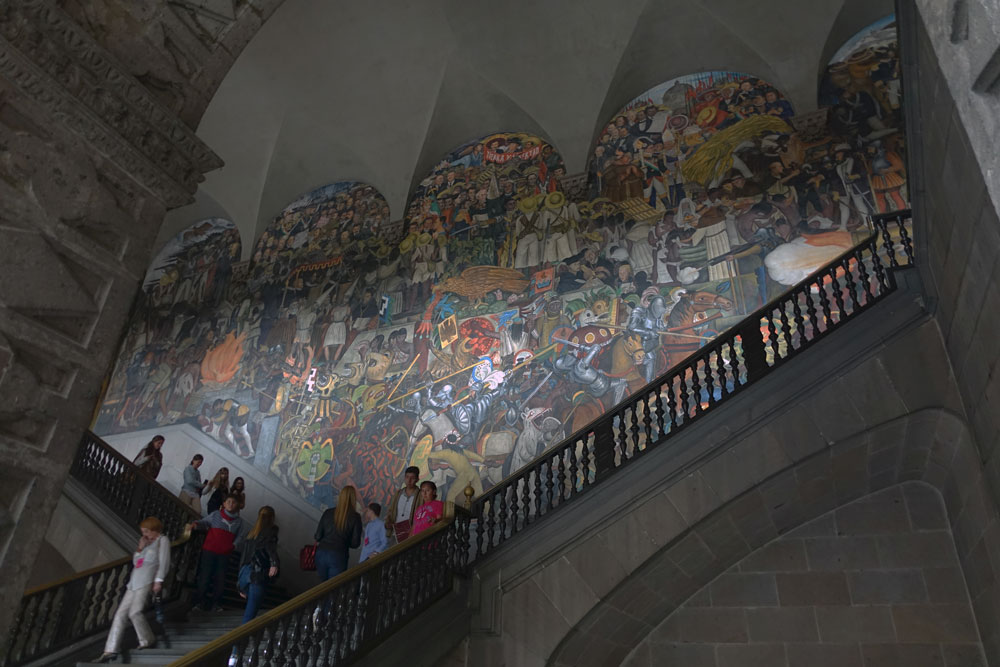
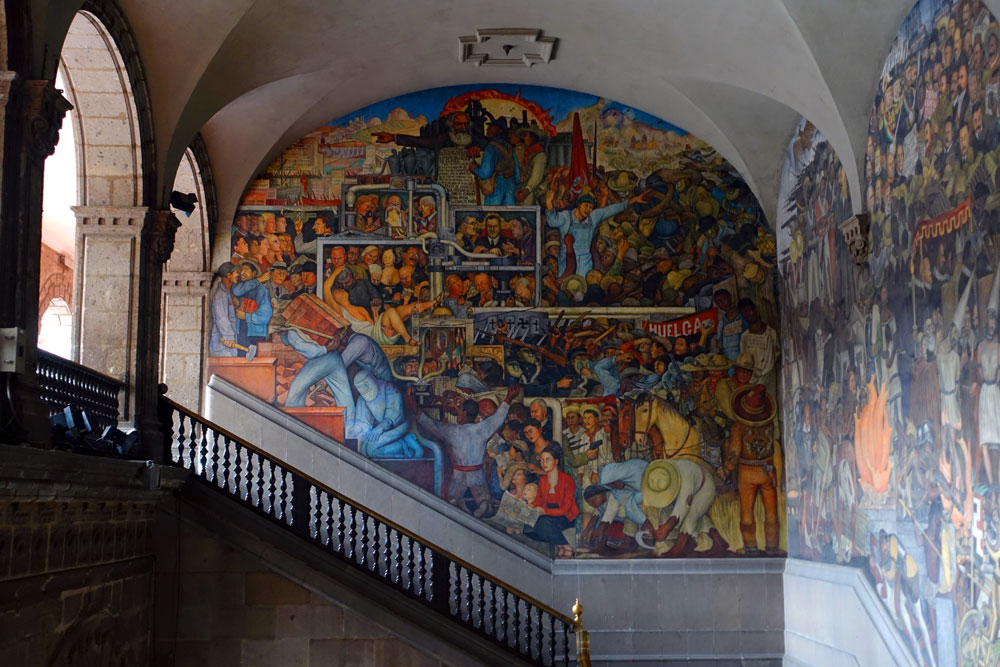
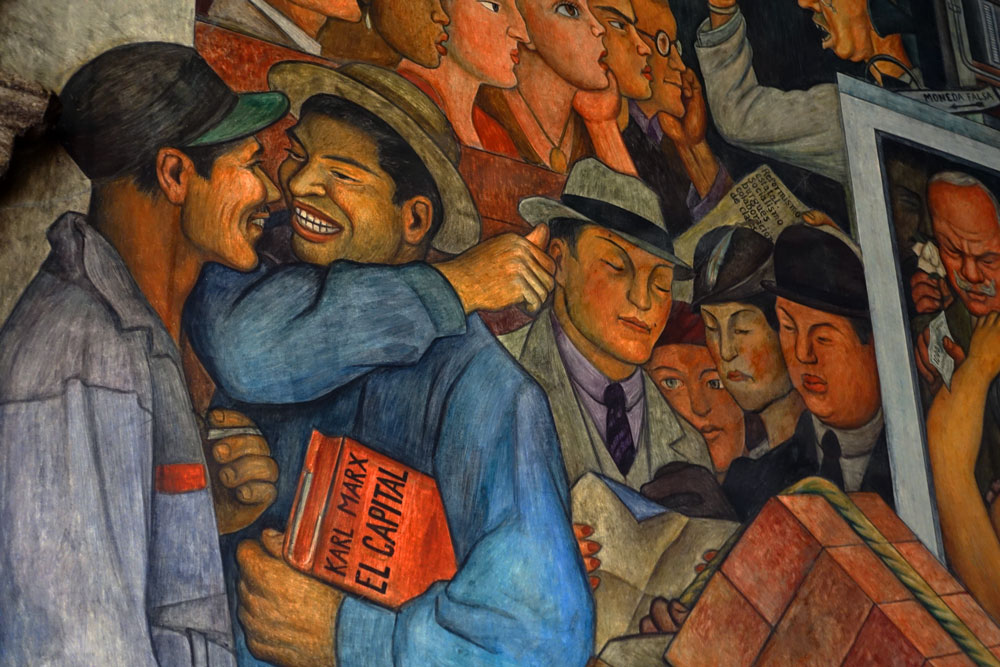
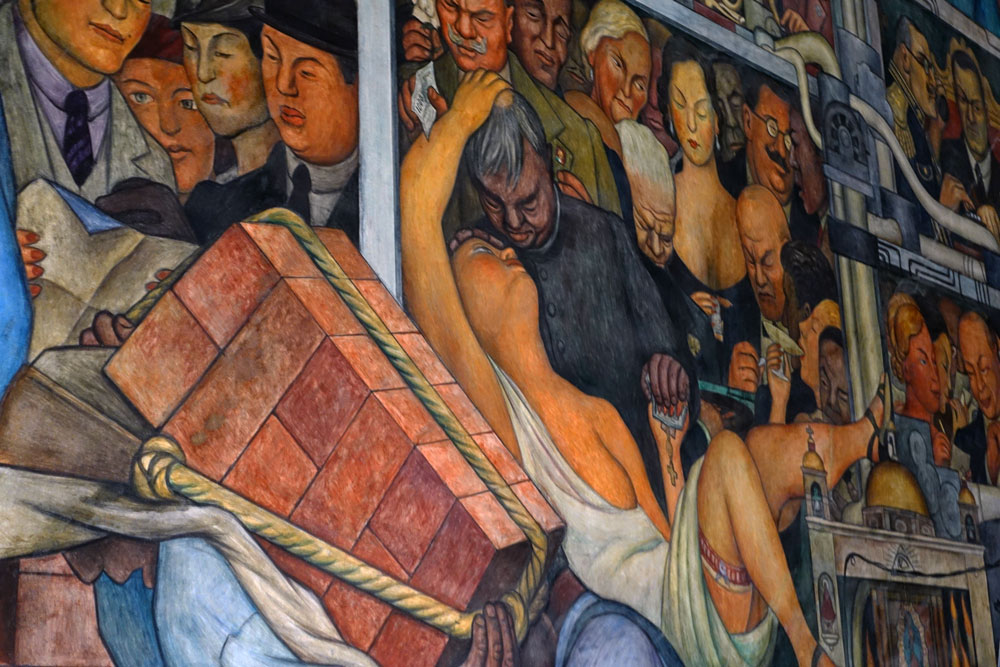
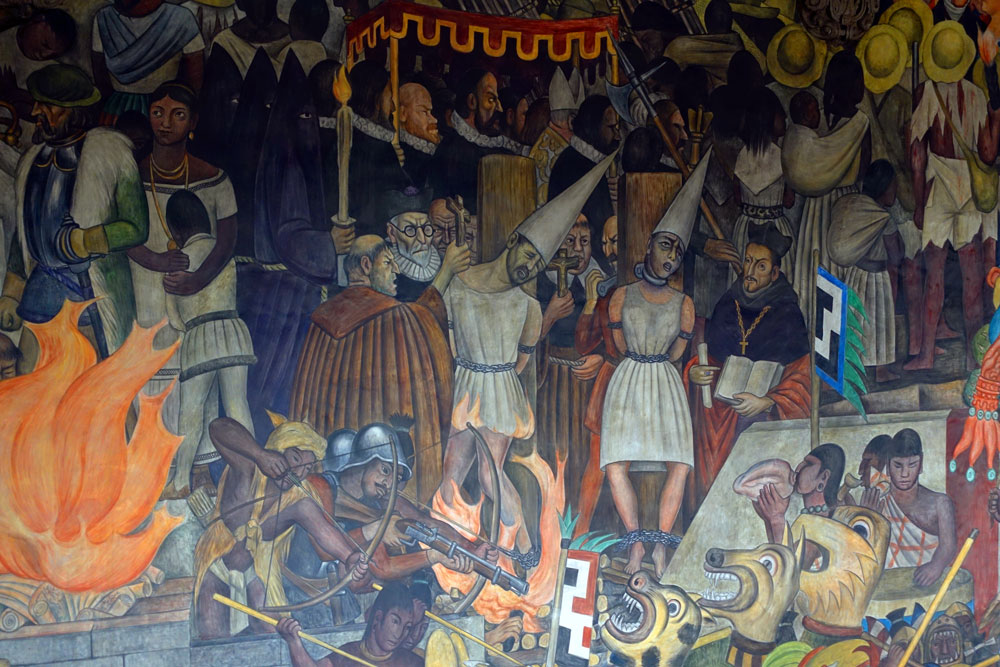
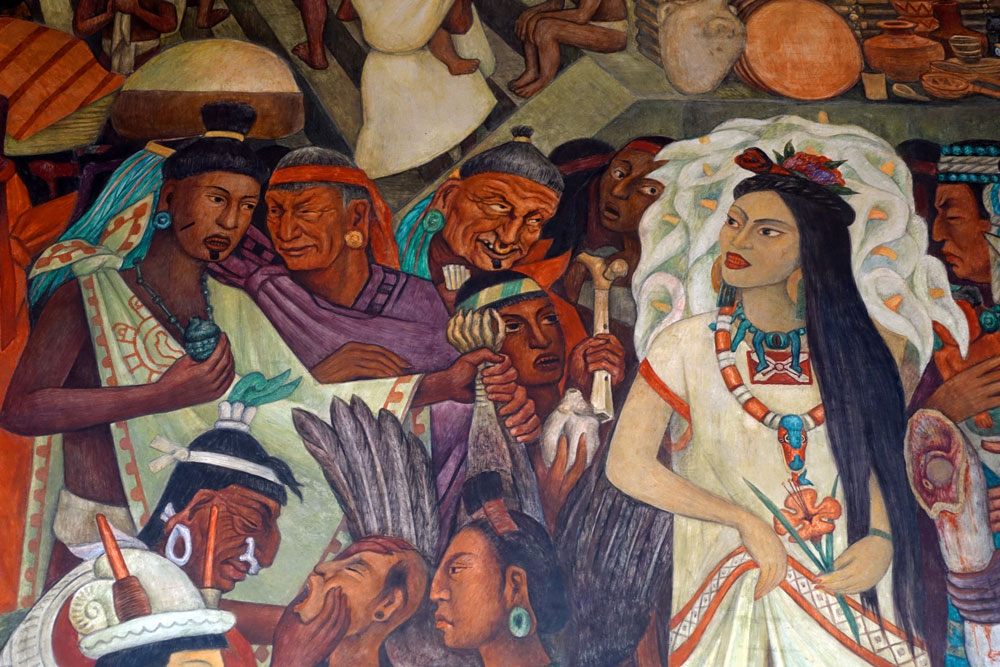
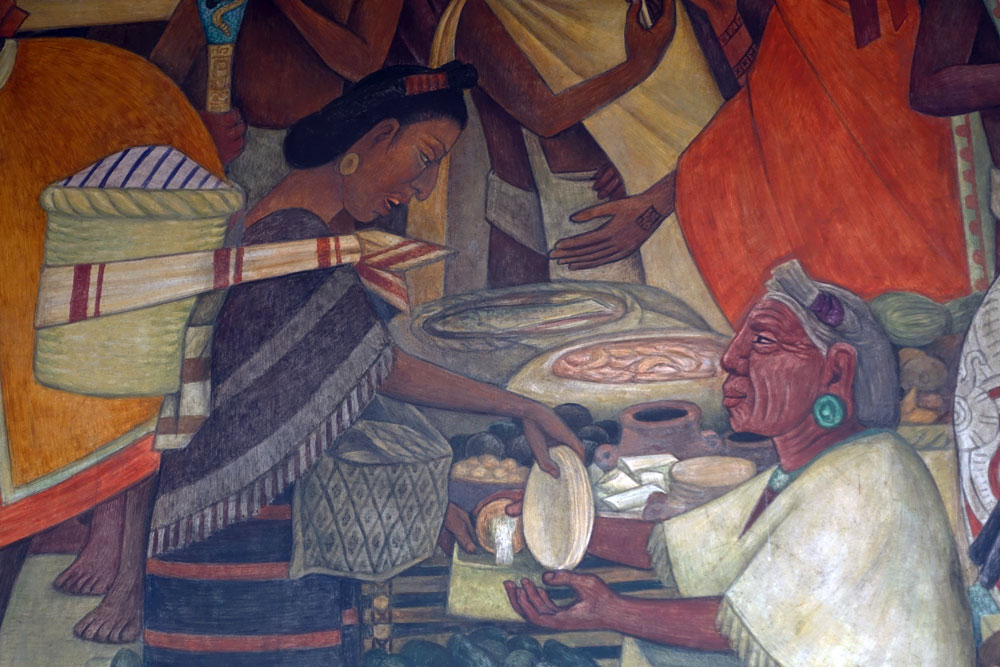
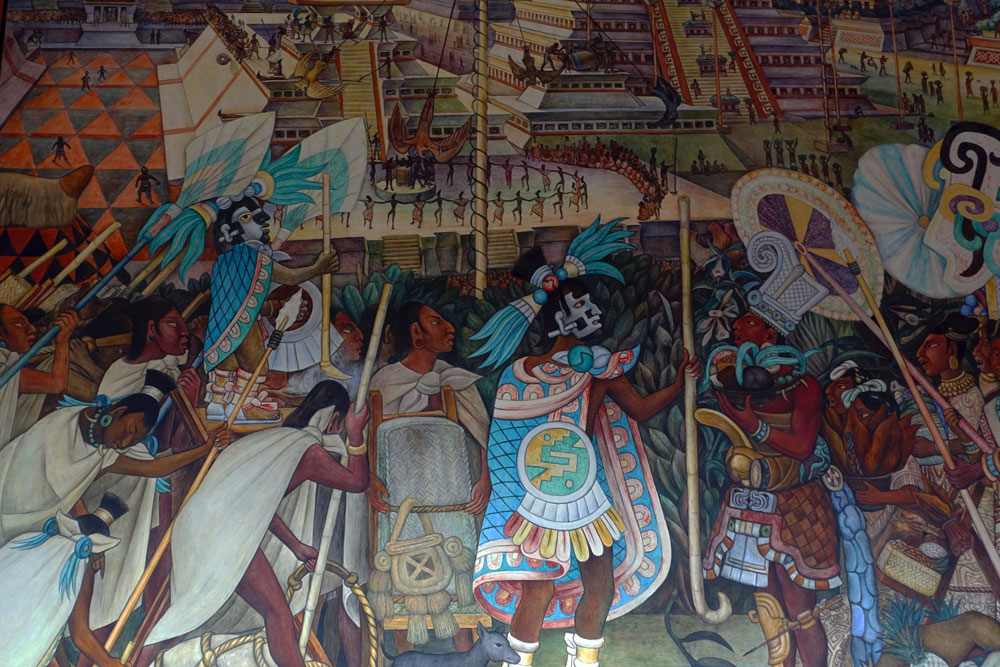
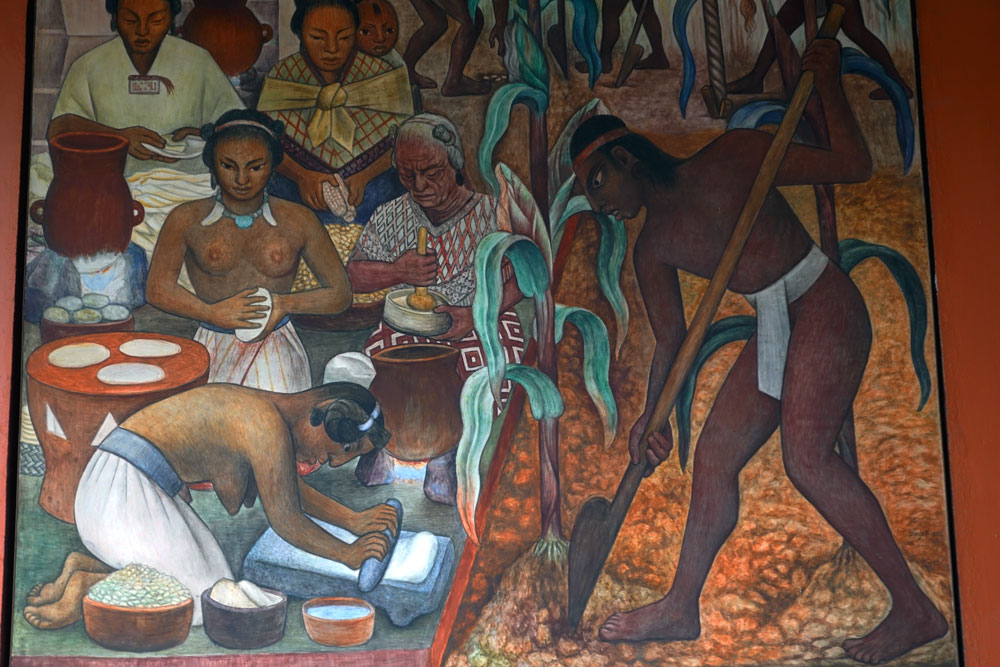
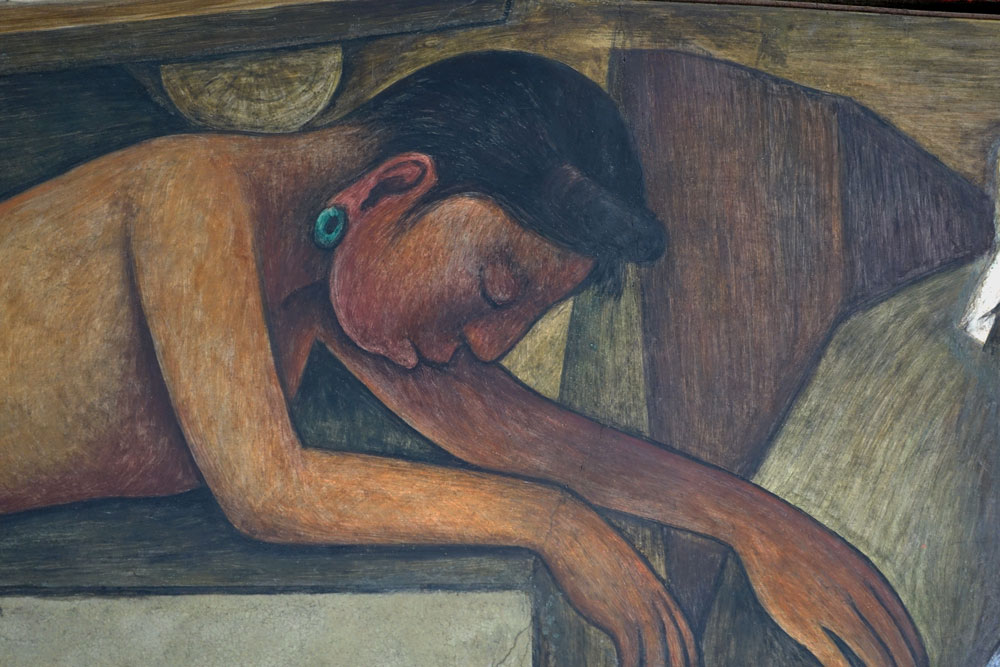
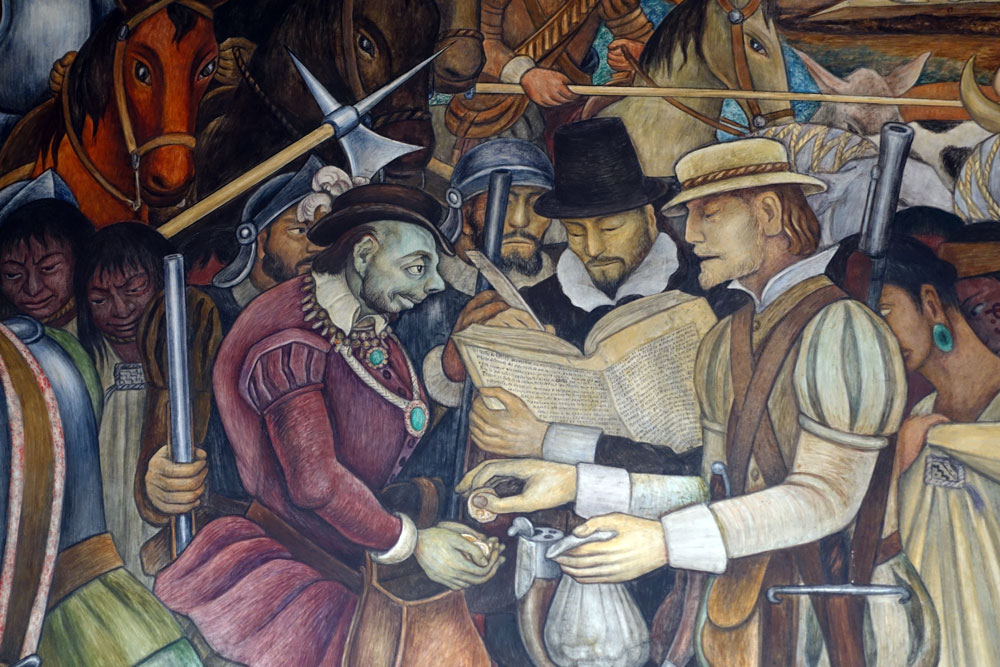
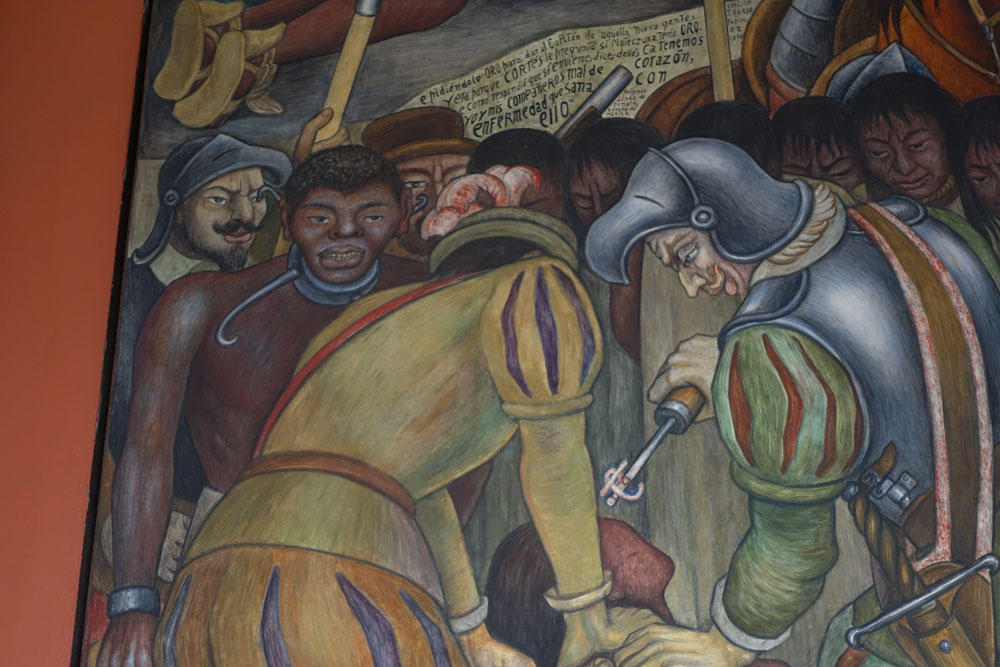
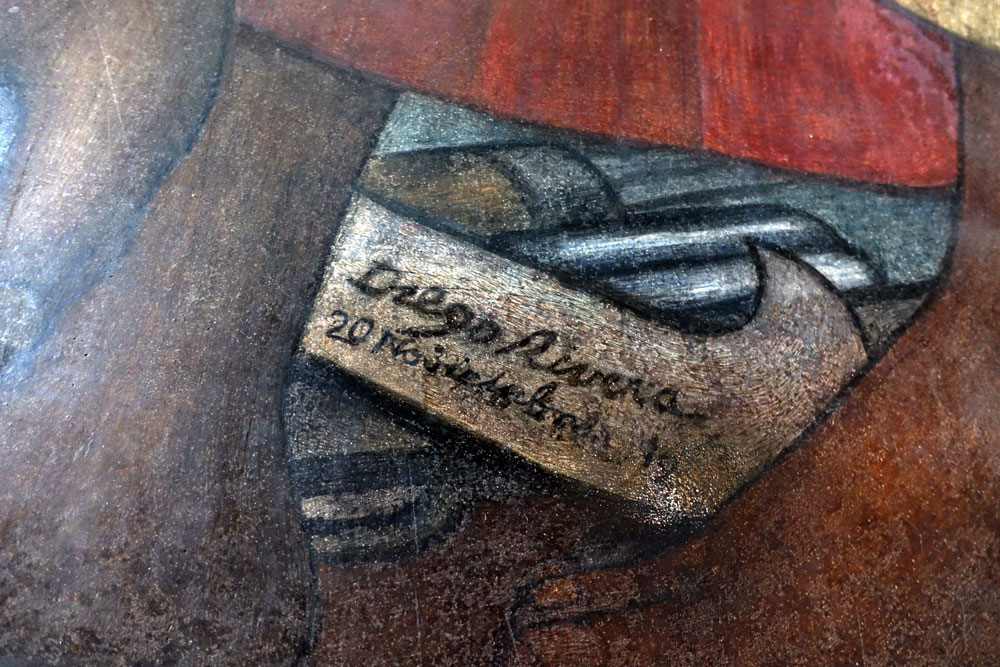
Murals by Diego Rivera in the Palacio Nacional de Mexico Diego Rivera is revered and remembered as much for his iconic murals, paintings and sculptures, as he is for the pivotal role he played in preserving Mexico’s indigenous cultural heritage. |
 |
| Diego Rivera began painting the staircase murals in the Palacio Nacional in May 1929 and finished these staircase murals by November of 1935. |  |
| The stairway "triptych" is sometimes compared to an epic poem comprising the legendary pre-Hispanic past, a kind of prologue, then the depiction in the central panels of the Conquest up until 1930, and on the left, the present, with all its conflicts, but also with the promise of a better future. |  |
 |
|
| The main section depicts the Conquest, oppression, war, Inquisition, invasion, Independence and finally Revolution. |  |
| Rivera returned in the 1940's to work on the corridor murals. |  |
 |
|
| This series of smaller panels was intended to go all the way round the second story, but this project was never completed and Rivera was unable to work on this project continuously. |  |
| After the grisaille first panels depicting typical Mexican products and achievements, the rest of the murals, reaching about halfway around the corridor, depict various earlier pre-Hispanic cultures and aspects of their culture--their agriculture, trading methods, and use of various natural resources. |  |
 |
|
| Below the polychrome murals, Rivera painted smaller grisailles panels that relate to the larger composition. The last mural (completed in 1951) shows the arrival of the Spanish, with satirical portraits of Cortée and the other Conquistadors. He also includes an image of La Malinche bearing the blue-eyed baby sired by Cortés. |  |
 |
|
| 20 November 1935 |  |